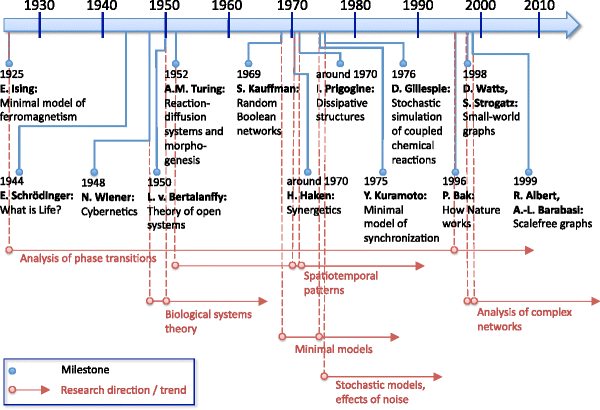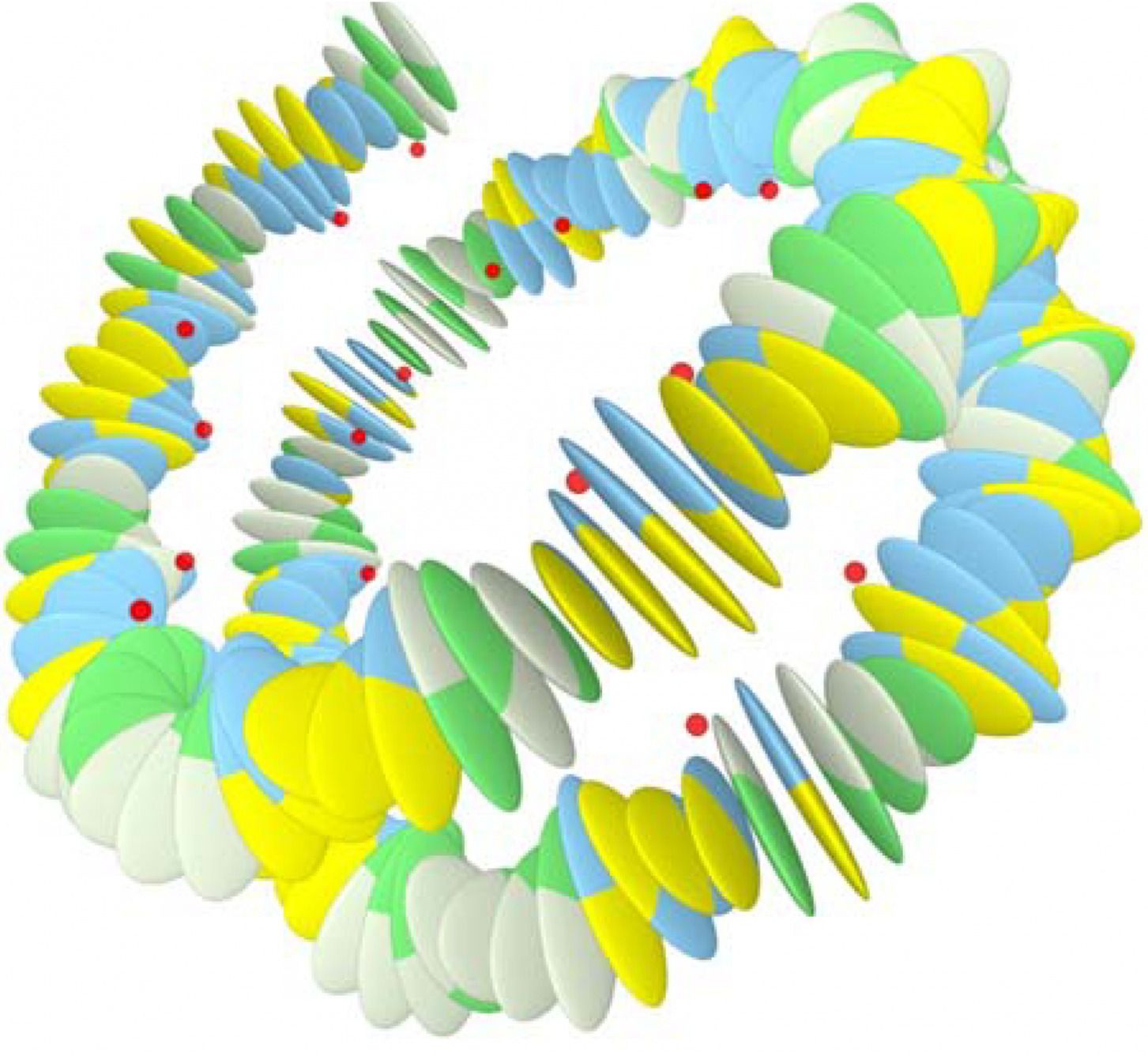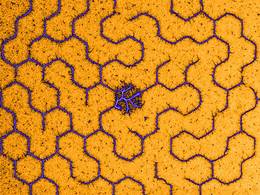Aug 18, 2016
EPJ Nonlinear Biomedical Physics
Posted by Karen Hurst in categories: biotech/medical, physics
EPJ — Nonlinear Biomedical Physics is an open access journal, published under the brand SpringerOpen, dedicated to the application of nonlinear dynamics and integrative systems science to the quantitative modeling and understanding of how structure and function as well as dysfunctions and diseases emerge in complex biomedical matter and processes. Coverage is focused on the application-driven development of theoretical, experimental and computational techniques, including relevant methodologies, instrumentation and related advanced technology.

















